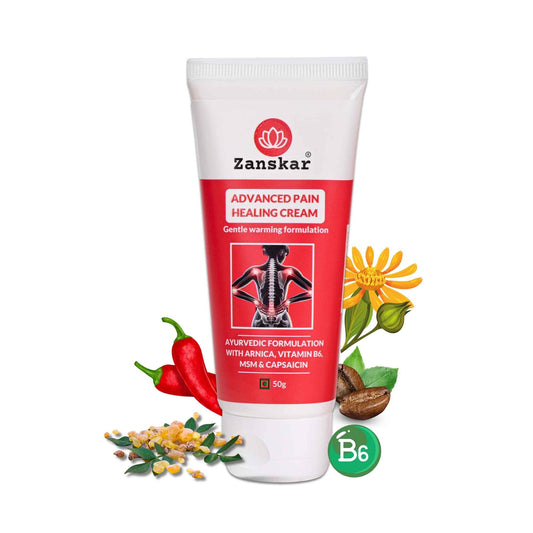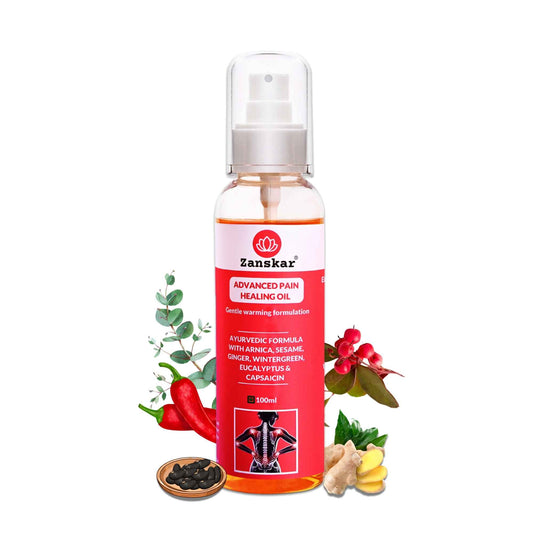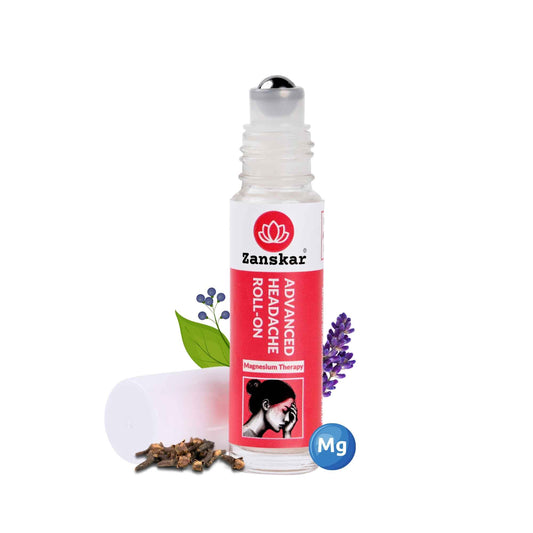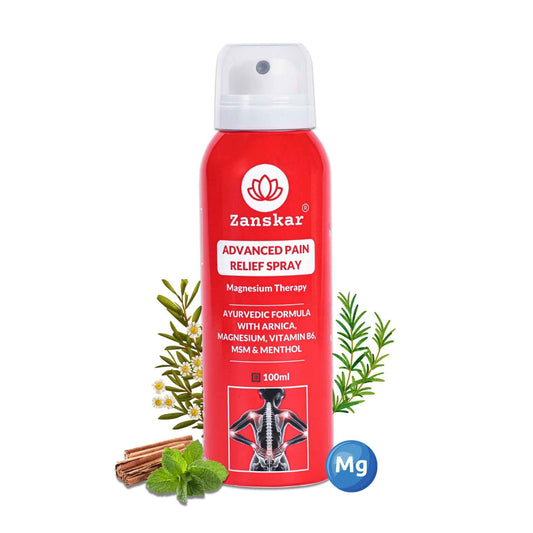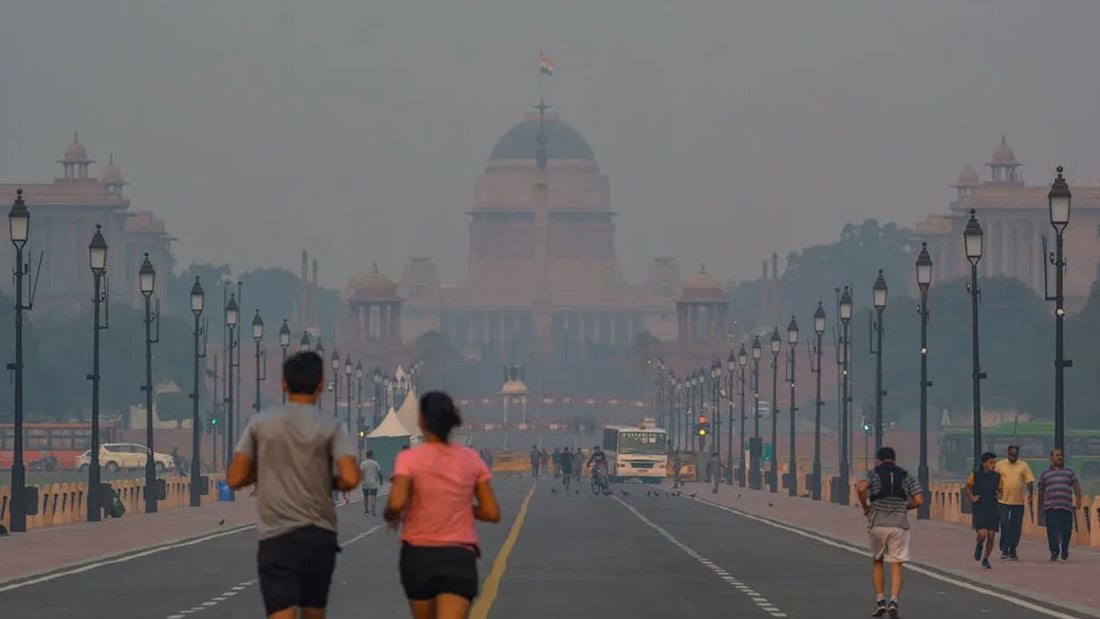
Air Pollution and the Rising Tide of Rheumatoid Joint Pain
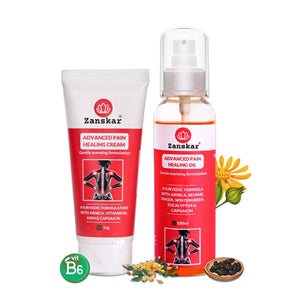
Air pollution has long been linked to respiratory and cardiovascular diseases. But recent research suggests it may also play a major role in what we’re calling rheumatoid joint pain. Recent research highlights how residents of high polluted regions (like Delhi NCR) may be seeing a surge in RA-like symptoms that could be tied to exposure to polluted air.
In this blog post, we’ll break down:
- What the emerging evidence says about pollution and joint pain.
- How the mechanism may work.
- What practical steps individuals can take — and how you can support yourself.
1. The Evidence: Pollution Meets Joint Pain
At the 40th annual conference of the Indian Rheumatology Association (IRACON 2025) experts sounded the alarm: people living in high-pollution zones (like Delhi-NCR) were presenting earlier onset, more aggressive symptoms of joint pain and stiffness — even in absence of the usual genetic risk factors.
Specifically:
- Long-term exposure to PM2.5 (fine particulate matter), nitrogen oxides and ozone may increase risk of auto-immune type joint disease.
- In one cross-sectional study from India, among residents of Delhi for over 10 years, 18% of “healthy” individuals showed auto-antibodies (markers of immune system mis-firing) while 68% had elevated inflammatory markers.
- The article states: “higher levels of SO2 and NO2 were associated with worse disease activity scores (DAS-28)” in RA patients in Kuwait, suggesting pollutants may not just trigger onset but exacerbate progression.
2. How Could Pollution Trigger Rheumatoid Joint Pain?
Here’s a breakdown of the plausible mechanistic pathways linking polluted air → systemic inflammation → joint pain / autoimmune damage:
- Oxidative Stress & Inflammation: PM2.5 particles carry reactive chemical species that generate oxidative stress in tissues. This stress triggers inflammation throughout the body, including in the synovial lining of joints.
- Immune Modulation / Autoantibody Generation: Exposure to pollutants may alter immune cell behaviour, impair immune tolerance (i.e., the ability to distinguish self vs non-self), and thus result in generation of autoantibodies (such as rheumatoid factor or antinuclear antibodies) that target joint tissues.
- Epigenetic & Gene-Environment Interactions: Some genes associated with immune regulation may become more susceptible to malfunction when exposed to persistent environmental stressors (e.g., pollution) — potentially turning what might have been latent risk into active disease.
- Local Joint Microenvironment Effects: Pollutants in the bloodstream may reach joint tissues, and promote local synovial inflammation, immune-cell recruitment and cartilage damage.
3. What You Can Do: Practical Steps to Safeguard Your Joints
Given that you may live or work in areas with high pollution exposure, and given the potential risk this poses to joint health, here are concrete steps you can take:
A) Reduce Exposure
- When AQI (Air Quality Index) is poor, stay indoors as much as possible.
- Use an air purifier at home, especially in bedrooms and common living areas.
- When going outside, wear a well-fitting N95/KN95 mask during high-smog days or heavy traffic zones.
- Avoid heavy physical exertion outdoors when air quality is bad — heavy breathing may increase pollutant intake.
B) Adopt An Anti-Inflammatory Lifestyle
- Diet: Eat antioxidant-rich foods — colourful fruits & vegetables, nuts, seeds, oily fish (if non-vegetarian), flax/chia seeds, etc.
- Maintain healthy weight — excess body weight increases joint stress and inflammation.
- Physical activity: Low-impact exercises (walking, swimming, cycling) help keep joints mobile and strengthen the muscles around the joints.
- Avoid smoking (which further increases pollutant load and reduces oxygenation).
- Manage stress — chronic stress itself raises systemic inflammation.
C) Early Screening & Medical Vigilance
If you experience persistent joint pain, stiffness (especially symmetric joints like both wrists, both knees), swelling — especially if you don’t have obvious injury — see a rheumatologist early. Early intervention can slow progression. The NDTV article emphasises this.
D) Control Additional Risk Factors
- Maintain good posture and ergonomics during work (especially desk jobs) to avoid repetitive stress.
- Minimise occupational exposure (if your job exposes you to pollutants) — use protective gear and ventilation.
- Stay updated on local air quality forecasts and plan activities accordingly.
The Big Takeaway
If you’re living in or commuting through areas with high levels of air pollution (like Delhi-NCR or other densely polluted regions), understand that your joint health might face invisible risks beyond just mechanical wear and tear.
Rather than waiting until pain becomes severe or irreversible, adopt a proactive posture: reduce exposure, eat well, stay active, screen early, and use trusted support tools to maintain mobility and comfort.
If you’ve already been experiencing recurring joint pain, stiffness, swelling — especially in symmetrical joints — don’t dismiss it. Discuss with a specialist, and consider a multi-modal plan for relief and prevention — because the environment we live in is evolving, and so must our strategies for health.
Learn More About Us
If you have joint pain, muscle pain or headaches that makes it hard to move, Zanskar offers the most advanced full stack pain relief solutions for you.
Now available to purchase, Zanskar® pain-care range have unique bio-active formulations. It provides lasting relief from muscle and joint discomfort that you can feel good about. Get your fix before stocks run out - buy now.
You can also gain access to therapeutic exercises and stretches for your condition by downloading the Zanskar Health physiotherapy mobile app. Additionally, you’ll have a personal care team to guide, support, and tailor our program to you, including behavioral and nutritional coaching.
Download our mobile app here 👉 download and track your exercise streak.
Medical Review: This article is written and medically reviewed by Dr Nishtha Mittal (Senior Health Content Editor at Zanskar Health). This article and its contents are provided for educational and informational purposes only and do not constitute medical advice or professional services specific to you or your medical condition.




